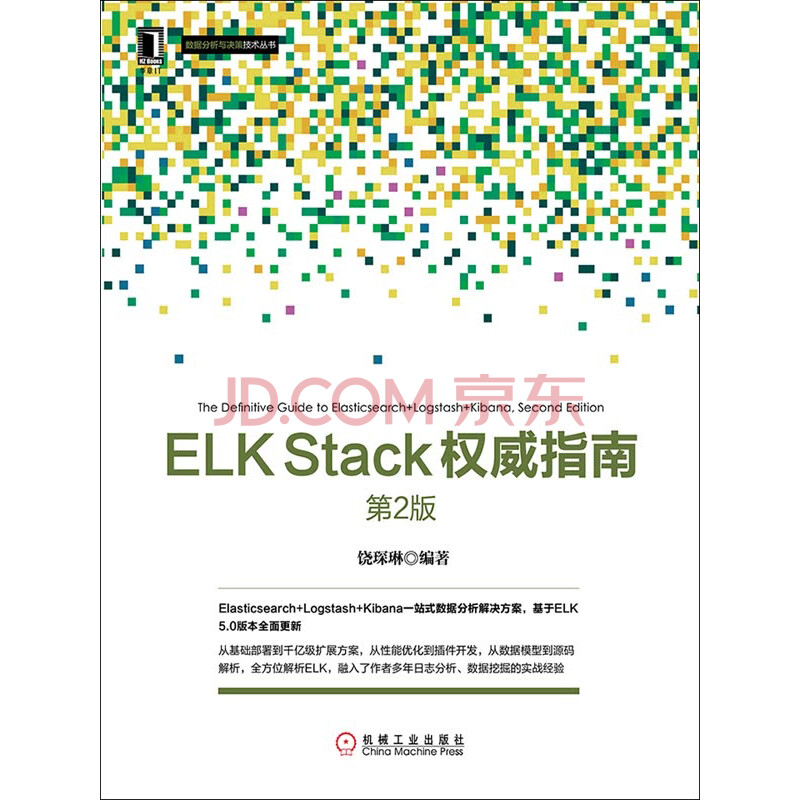我一直很喜欢 Dancer 里的 keyword 方式,所以很少使用 Mojolicious 框架来写网站,不过 Mojo::UserAgent 和 Mojo::DOM 在一起作为爬虫工具使用,真是太方便了。这两天需要自己打包 tengine ,考虑自动化因素,需要从 tengine 和 其他第三方模块的 github 托管网页上定期查询其更新,都是一行代码就搞定了。整个 Build.PL 如下:
#!/usr/bin/env perl
use Modern::Perl;
use IPC::Run qw(run);
use File::Slurp;
use POSIX qw(strftime);
use Template;
use ojo;
my @ModuleList = qw(
renren/ngx_http_accounting_module
agentzh/echo-nginx-module
agentzh/chunkin-nginx-module
simpl/ngx_devel_kit
calio/form-input-nginx-module
chaoslawful/lua-nginx-module
renren/ngx_http_consistent_hash
);
my $TengineMD5 = (split(/ /, g("http://tengine.taobao.org/download_cn.html")->dom->at(".one_col li span")->text))[-1];
write_file("md5.txt", "firstimetorun") unless -f "md5.txt";
my $TengineOldMD5 = read_file( "md5.txt" );
say $TengineOldMD5;
say $TengineMD5;
if ( $TengineMD5 ne $TengineOldMD5 ) {
gettarball(\@ModuleList);
write_file("md5.txt", $TengineMD5);
}
sub gettarball {
my $ModuleList = shift;
my $TengineUrl = g("http://tengine.taobao.org/download_cn.html")->dom->at(".one_col li a")->{href};
my $TengineVersion = $1 if $TengineUrl =~ m!download/tengine-(.*).tar.gz!;
my $TengineRelease = strftime("%Y%m%d%H%M",localtime);
run('wget', "http://tengine.taobao.org/${TengineUrl}", '-O', "SOURCES/tengine-${TengineVersion}.tar.gz");
my @ModuleFile;
my $i = 10;
for my $Module ( @{ $ModuleList } ) {;
my $GitUrl = "https://github.com/${Module}";
say $GitUrl;
my $GitCommit = substr(g("${GitUrl}")->dom->at(".sha")->text, 0, 7);
( my $StoreName = $Module ) =~ s!/!-!;
my $StoreFile = "${StoreName}-${GitCommit}.tar.gz";
push @ModuleFile, [ "Source${i}" => "${StoreName}-${GitCommit}" ];
run('wget', "${GitUrl}/tarball/master", '-O', "SOURCES/$StoreFile");
$i++;
}
unlink('SPECS/tengine.spec');
my $template = Template->new;
$template->process("tengine.spec.tt", {
TengineVersion => $TengineVersion,
TengineRelease => $TengineRelease,
TengineAddons => \@ModuleFile,
}, "SPECS/tengine.spec");
buildrpm($TengineVersion, $TengineRelease);
}
sub buildrpm {
my ( $TengineVersion, $TengineRelease ) = @_;
my ( $out, $err );
run ['rpmbuild', '-bb', 'SPECS/tengine.spec'], undef, \$out, $err;
mail2author($err);
}
sub mail2author {
my $output = shift;
my $body = $output ? "Build Error: $output" : "Build OK";
p("http://email.notify.d.xiaonei.com/eml/tengine-build/chenlin.rao" => { DNT => 1 } => $body);
}
直接 g 就是 GET 方法, p 就是 POST 方法。然后 ->dom->at() 后采用类似 jQuery 的写法就可以直接定位,然后还可以用 ->text 来获取内容,或者 ->{attr} 来获取属性值。
顺带,今天刚知道原来 Template 模块也有 filter 可用。tengine.spec.tt 中就用了一个大写过滤:
Summary: a HTTP and reverse proxy server
Name: tengine
Version: [% TengineVersion %]
Release: [% TengineRelease %]
Source0: %{name}-%{version}.tar.gz
Source1: init.nginx
Source2: logrotate.nginx
Source3: nginx-renren-conf.tar.gz
[% FOREACH Module IN TengineAddons -%]
[% Module.0 %]: [% Module.1 %].tar.gz
[% END %]
Group: System Environment/Daemons
License: BSD
BuildRoot: %{_tmppath}/%{name}-%{version}-%{release}
Requires: pcre,zlib,lua
BuildRequires: pcre-devel,zlib-devel,lua-devel
Requires(post): chkconfig
Conflicts: nginx
%description
Nginx with modules: 1) ngx_http_consistent_hash; 2) ngx_http_accounting_module; 3) agentzh-chunkin-nginx-module.
%prep
#%setup -q
%setup -n tengine-%{version}
tar zxvf %{SOURCE3}
[% FOREACH Module IN TengineAddons -%]
tar zxvf %{[% Module.0 FILTER upper %]}
[% END %]
...;



